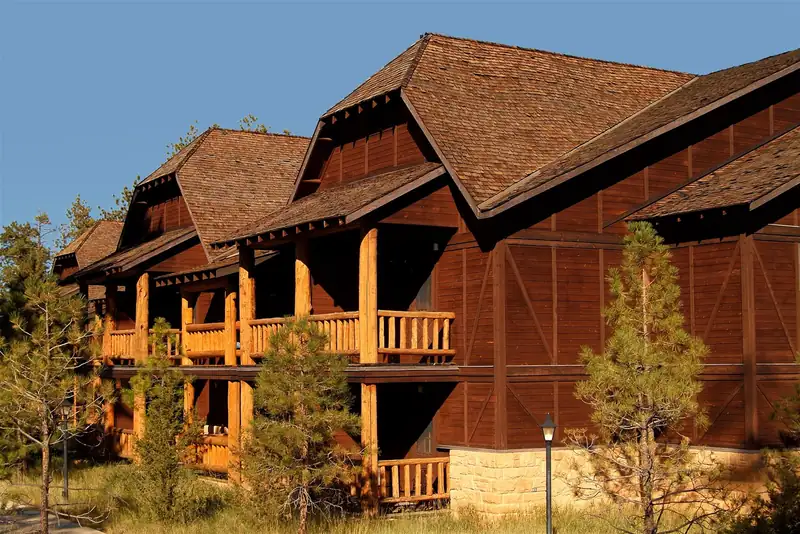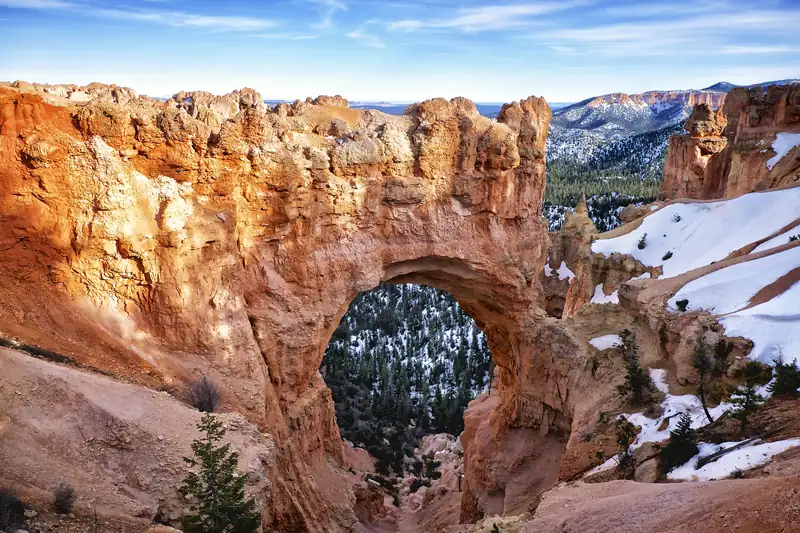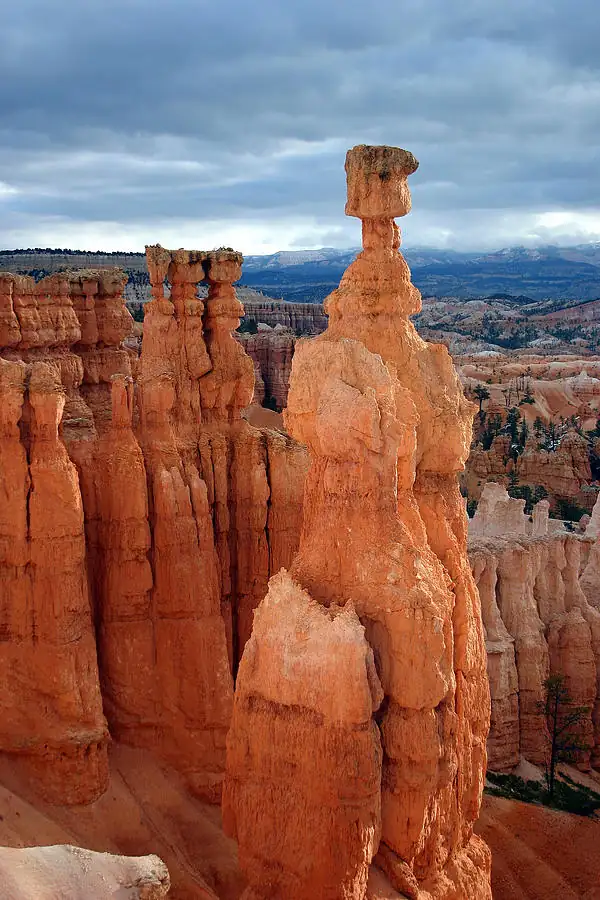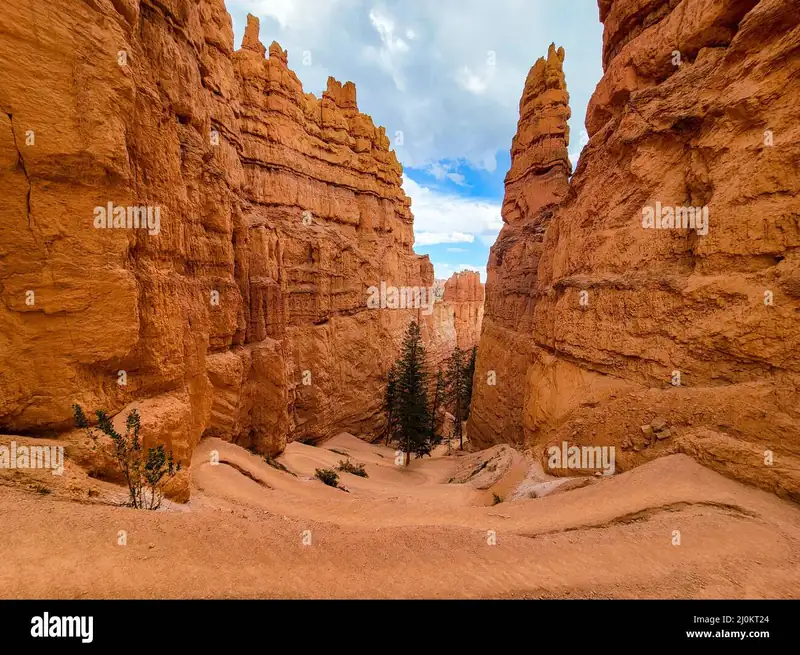Bryce Canyon’s scenic drive offers some of the most breathtaking vistas you’ll ever encounter. As I navigated the winding roads, each turn revealed a new, awe-inspiring view of towering hoodoos and expansive plateaus. This drive isn’t just a journey through a national park; it’s a journey through time, showcasing millions of years of geological history.
From Sunrise Point to Rainbow Point, every stop along the way presents a unique perspective of Bryce Canyon’s natural wonders. Whether you’re an avid photographer, a nature enthusiast, or just looking to soak in the beauty, these stops will leave you spellbound. Join me as I guide you through the best stops on this unforgettable scenic drive.
When to Visit Bryce Canyon
Bryce Canyon attracts visitors year-round, each season offering unique experiences. Summer (June to August) provides warm weather, making it ideal for hiking. However, it’s also the busiest time, so expect larger crowds. To avoid this, autumn (September to November) offers cooler temperatures and fewer tourists. The fall colors add a breathtaking backdrop to the hoodoos.
Winter (December to February) transforms the park into a snowy wonderland. The contrast of the white snow against the red rock formations is stunning, though some trails may be closed due to snow and ice. If you plan to visit in the winter, ensure your vehicle is prepared for winter driving conditions.
Spring (March to May) brings wildflowers and melting snow, resulting in beautiful but sometimes muddy trails. It’s a great time for photography as the landscape bursts with color. Note that weather can be unpredictable, so check forecasts ahead of your trip.
Table:
| Season | Weather | Visitors | Unique Features |
|---|---|---|---|
| Summer | Warm | High | Ideal for hiking |
| Autumn | Cool | Moderate | Fall colors |
| Winter | Cold, Snowy | Low | Snow-covered hoodoos |
| Spring | Mild, Unpredictable | Moderate | Wildflowers, colorful landscape |
Consider the type of experience you want to have when choosing the best time to visit Bryce Canyon.
How to Get to Bryce Canyon
I recommend several transportation options to reach Bryce Canyon. Most visitors drive, but alternatives exist.
By Car
Driving offers flexibility and convenience. From Salt Lake City, drive approximately 270 miles south via I-15 and US-89. From Las Vegas, travel 270 miles northeast via I-15 and UT-12. Parking lots are available at major viewpoints.
By Plane
Fly into a nearby airport for a quicker trip. Cedar City Regional Airport (CDC) is 80 miles west, while St. George Regional Airport (SGU) is 130 miles southwest. Both airports provide rental cars.
Public Transportation
Public transportation is limited but feasible. Greyhound buses and shuttle services run from Las Vegas and Salt Lake City to nearby cities like St. George and Cedar City. From there, rent a car to complete the journey.
Organized Tours
Consider organized tours for convenience. Companies in nearby cities offer guided tours to Bryce Canyon, including transportation and park entry.
Essential Tips
Pack essentials and stay hydrated. Check weather conditions and plan for high-altitude maneuvers. Make reservations during peak seasons to ensure accommodations.
Where to Stay Near Bryce Canyon

Choosing the right lodging near Bryce Canyon enhances the overall experience. Several options cater to different preferences and budgets.
Hotels and Lodges
Best Western Plus Bryce Canyon Grand Hotel
Located in Bryce Canyon City, just a few miles from the park entrance, this hotel offers modern amenities. Complimentary breakfast, an outdoor pool, and free Wi-Fi are notable features.
Bryce Canyon Lodge
This historic lodge is inside the park, providing direct access to trails and viewpoints. Rustic cabins and lodge rooms offer a unique, convenient stay surrounded by nature.
Campgrounds
North Campground
North Campground, near the visitor center, features 99 sites. It operates on a first-come, first-served basis and includes restrooms, picnic tables, and fire grates.
Sunset Campground
Sunset Campground is seasonal, open from late spring to early fall. It offers 100 sites suited for tents and RVs, with amenities like drinking water and restrooms.
Vacation Rentals
Ruby’s Inn Vacation Rentals
Ruby’s Inn, a popular choice outside the park, provides comfortable cabins. Amenities include kitchens, dining areas, and access to hotel facilities like pools and stores.
Bryce Canyon Villas
These cozy rentals are perfect for families. Located a short drive from the park, they feature full kitchens, living areas, and outdoor spaces for relaxation.
Budget Options
Bryce View Lodge
Affordable and efficient, Bryce View Lodge in Bryce Canyon City offers basic rooms. Guests can access amenities at sister properties, making it a cost-effective choice.
Bryce Canyon Pines Motel
This motel provides simple, budget-friendly rooms. It also has an on-site restaurant famous for its homemade pies, adding a local flavor to the stay.
Considering the range of available accommodations, it’s easy to find the perfect place to stay near Bryce Canyon. Reserving well in advance ensures a seamless visit during peak seasons, allowing more time to explore the park’s natural wonders.
Must-Visit Stops on Scenic Drive in Bryce Canyon
On this scenic drive through Bryce Canyon, each stop presents unique wonders. Let’s explore the best stops you shouldn’t miss.
Rainbow Point
At 9,115 feet, Rainbow Point offers the highest elevation in the park. The panoramic view encompasses the entirety of Bryce Canyon, the Kaibab Plateau, and even Navajo Mountain. This vantage point is perfect for capturing sunrise photography.
Ponderosa Point
Standing at 8,904 feet, Ponderosa Point showcases the park’s dense Ponderosa Pine forests. The orange and red hoodoos contrast beautifully with the deep green pines. Visitors often spot various bird species here.
Natural Bridge

Natural Bridge, an impressive arch of red rock, spans 85 feet and is one of Bryce Canyon’s most photographed features. It highlights the park’s unique geological formations, shaped by erosion over millennia.
Swamp Canyon

Swamp Canyon offers a quieter and less crowded viewpoint. It provides a close-up view of hoodoos and lush vegetation, revealing the park’s biodiversity. Short hikes from this point lead to even more intimate views of the canyon.
Farview Point
As implied by its name, Farview Point gives sweeping views of the distant plateaus, including the Kaibab Plateau and the Grand Staircase. The expansive scenery provides a sense of the vastness of the Colorado Plateau.
Paria View
Paria View is ideal for sunset watchers. The lighting at dusk illuminates the cliffs with a warm glow. It’s a lesser-known spot that offers a serene experience away from the crowds.
Bryce Point
Bryce Point stands out for its view of the Bryce Amphitheater, showcasing countless hoodoos. The early morning light enhances the vivid colors of the landscape, making it a popular stop for photographers.
Sunrise and Sunset Points
Both Sunrise and Sunset Points offer iconic views of the Bryce Amphitheater. These points are easily accessible and provide some of the most breathtaking vistas during the golden hours of sunrise and sunset. Ideal spots for capturing the beauty of Bryce Canyon at different times of day.
Best Hikes to Complement the Scenic Drive
Exploring Bryce Canyon by car offers a fantastic experience, but hiking its trails reveals hidden gems. Here are some must-try hikes to enhance your scenic drive.
Navajo Loop to Queens Garden Trail

The Navajo Loop to Queens Garden Trail is a 2.9-mile round trip hike. It’s one of Bryce Canyon’s most popular hikes due to its stunning vistas and unique formations. Starting from the Sunset Point, the trail descends into a labyrinth of hoodoos and towering walls. The Queens Garden section showcases the Queen Victoria hoodoo, a striking formation resembling the English monarch. Hikers encounter diverse landscapes, from narrow slot canyons to expansive gardens of hoodoos.
Thor’s Hammer on Navajo Trail

Thor’s Hammer on Navajo Trail is a distinct highlight. Standing about 150 feet tall, this formation resembles a giant hammer poised to strike. Located near the top of the Navajo Loop Trail, Thor’s Hammer offers impressive photo opportunities, especially in the early morning or late afternoon light. The trail leading to it features steep switchbacks, which provide panoramic views of the canyon walls and hoodoos.
Wall Street Section

The Wall Street Section of the Navajo Loop Trail is arguably its most dramatic part. This narrow slot canyon, with towering rock walls on either side, offers an unforgettable hiking experience. The trail drops 600 feet, with multiple switchbacks along the way, making it one of the park’s steepest descents. Hiking through Wall Street, you’ll see massive Douglas fir trees and experience the impressive natural architecture of Bryce Canyon up close. This section can be closed during winter, so it’s essential to check conditions before planning a hike.
Tips for Enjoying Your Scenic Drive
Planning enhances the Bryce Canyon road trip. Here are detailed tips to maximize your experience.
What to Bring
Essentials make your trip smooth:
- Water and Snacks: Stay hydrated and energized. Bring a refillable water bottle and quick snacks like trail mix.
- Layers of Clothing: The weather can change quickly. Pack light layers and a waterproof jacket to stay comfortable.
- Maps and Guides: Cell service may be unreliable. Carry a physical map or park guide for navigation.
- Binoculars and Camera: Enhance views and capture moments. Ensure you have binoculars for wildlife and a camera for landscapes.
- Sunscreen and Hat: Protect your skin from UV rays. Apply sunscreen frequently and wear a broad-brimmed hat.
Photography Tips
Capture Bryce Canyon’s beauty with these strategies:
- Golden Hours: Sunrise and sunset offer soft light and dramatic shadows. Plan to shoot during these times for the best results.
- Tripod Use: Stabilize your shots in low light. A portable tripod makes a difference, especially for panoramic views.
- Wide-Angle Lens: Capture more of the stunning vistas. A wide-angle lens is perfect for sweeping landscape shots.
- Composition Rules: Use the rule of thirds. Position key elements along the grid lines to create balanced photos.
- Multiple Angles: Experiment with perspectives. Shoot from different heights and angles to add variety to your shots.
Wildlife Watching
Maximize chances of spotting animals with these tips:
- Early or Late: Dawn and dusk are prime times. Wildlife is more active during these parts of the day.
- Quiet and Still: Move slowly and quietly. Sudden movements can scare off animals.
- Binoculars: Enhance your view. Spot distant wildlife without disturbing them.
- Field Guide: Identify species accurately. Carry a wildlife field guide for quick reference.
- Respect Boundaries: Observe from a distance. Keep a safe distance to protect both you and the animals.
These tips enhance the Bryce Canyon scenic drive, ensuring a rewarding adventure.
Conclusion
Exploring Bryce Canyon through its scenic drive is an unforgettable experience. Each stop unveils unique geological wonders and panoramic views that captivate the senses. Whether you’re a photographer, hiker, or nature enthusiast, Bryce Canyon offers something special.
Remember to plan your visit according to the season that best suits your interests. Pack wisely and make necessary reservations to ensure a smooth trip. By following these tips, you’ll maximize your enjoyment and create lasting memories in this breathtaking national park.
Don’t miss the opportunity to immerse yourself in the natural beauty and diverse landscapes of Bryce Canyon. Happy travels!
